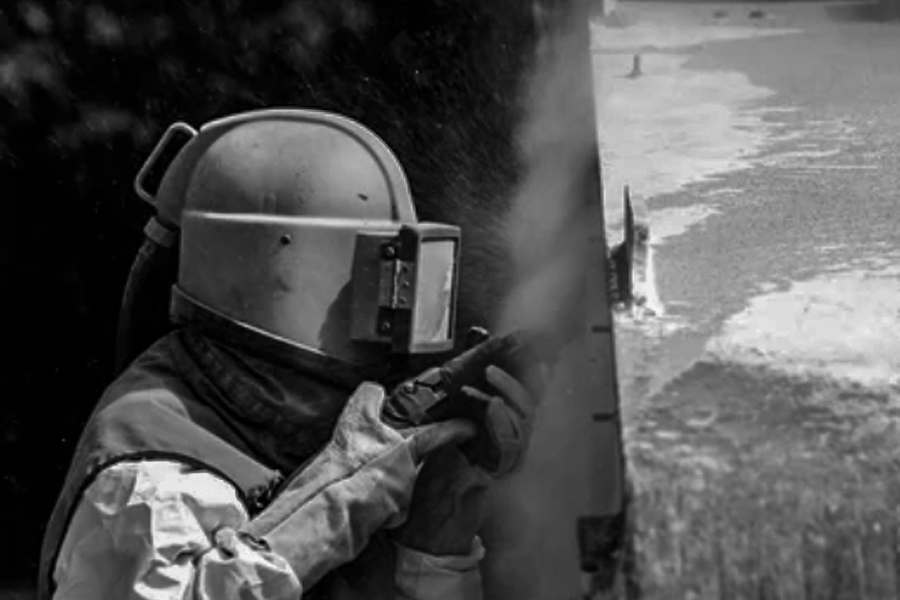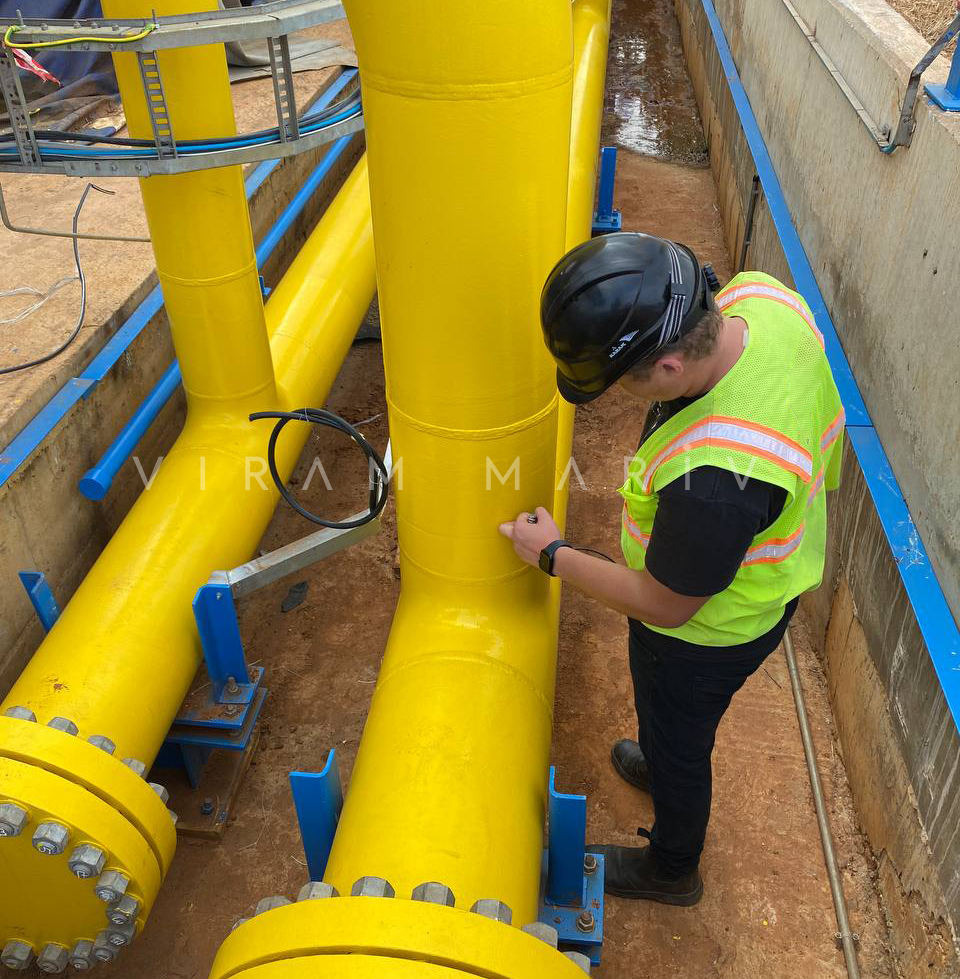If you’ve ever seen an old, rusty surface magically turn smooth and clean, chances are sandblasting was involved. But what exactly is sandblasting, and how does it work?
This ultimate guide to sandblasting will break it all down for you. Whether you're curious about sandblasting techniques, its benefits, or how it restores surfaces, we've got you covered!
Sandblasting is a process used to clean, smooth, or shape a surface by blasting it with fine particles at high speed. Think of it like exfoliating your skin, except instead of a facial scrub, we use abrasive materials like sand, glass beads, or even walnut shells to remove dirt, rust, paint, or other unwanted coatings from surfaces.
It’s commonly used in construction, automotive work, and even artistic projects to prepare surfaces for painting or finishing. It can also be used to remove paint or create decorative effects on buildings, signage, boats etc.

Sandblasting is like using a super-powered pressure washer, but instead of water, we use tiny abrasive particles. Here’s how it works:
Preparation – The area is set up with protective coverings, and the surface to be treated is cleaned of loose debris.
Choosing the Right Abrasive – Depending on the job, different materials like sand, aluminum oxide, or glass beads are chosen for the best results.
Blasting – Using a sandblasting machine, the abrasive particles are propelled at high speed onto the surface to strip away rust, old paint, or grime.
Cleanup – After the process, the leftover abrasive material is cleaned up, leaving behind a smooth and ready-to-use surface.
Sandblasting requires a few key pieces of equipment:
Abrasive Material – This can be sand, glass beads, steel grit, or other materials depending on the surface being treated.
Blasting Machine – This is the equipment that propels the abrasive particles onto the surface.
Air Compressor – Provides the force needed to push the abrasive material out at high speed.
Nozzles – These control the direction and intensity of the blast.
Protective Gear – Since sandblasting involves high-speed particles, safety gear like gloves, goggles, and a mask are essential.

Sandblasting offers several advantages:
Removes Rust & Paint Efficiently – It’s one of the fastest ways to strip old coatings and prepare surfaces for repainting.
Increases Longevity – By removing corrosive elements, sandblasting extends the life of metal and other surfaces.
Restores Surfaces – Whether it’s an old car, patio furniture, or industrial equipment, sandblasting gives new life to worn-out objects.
Eco-Friendly Options – Many abrasives used today are environmentally friendly, like walnut shells or baking soda.
Sandblasting is effective, but it can be dangerous if not done correctly. Here are some important safety precautions:
Wear Protective Gear – Always use gloves, goggles, a respirator mask, and a protective suit.
Proper Ventilation – Sandblasting can create dust, so it’s crucial to work in a well-ventilated area.
Use the Right Abrasive – Some materials can produce harmful dust (like silica sand), so choose safer alternatives when possible.
Training & Precaution – If you’re new to sandblasting, it’s best to get proper training or hire a professional to ensure safety.
Sandblasting is a powerful and efficient method for cleaning and restoring surfaces. If you are tackling a home improvement project or need professional services, understanding the process can help you make informed decisions.